Rabbit Motilin Receptor (MTLR) ELISA Kit Instructions
This reagent is for research use only
Test principle:
The MTLR kit is a solid-phase sandwich enzyme-linked immunosorbent assay (ELISA). Standards with known MTLR concentrations and samples with unknown concentrations are added to microwell enzyme plates for detection. First incubate MTLR and biotin-labeled antibodies simultaneously. After washing, HRP labeled with avidin was added. After incubation and washing, the unbound enzyme conjugate is removed, and then substrates A and B are added to act simultaneously with the enzyme conjugate. Produce colors. The color depth is proportional to the concentration of MTLR in the sample.
Kit contents and preparation
Kit components (stored at 2-8 ° C)
96-well configuration
48 hole configuration
Preparation
96/48 serving plate
1 board (96T)
Half plate (48T)
Ready-to-use
Plastic membrane cover
1 piece
Half block
Ready-to-use
Standard product: 400pg / ml
1 bottle (0.6ml)
1 bottle (0.3ml)
Follow the instructions for sparse
Blank control
1 bottle (1.0ml)
1 bottle (0.5ml)
Ready-to-use
Standard dilution buffer
1 bottle (4.0ml)
1 bottle (2.0ml)
Ready-to-use
Biotin-labeled anti-MTLR antibody
1 bottle (6.0ml)
1 bottle (3.0ml)
Ready-to-use
Streptavidin-HRP
1 bottle (8.0ml)
1 bottle (4.0ml)
Ready-to-use
Wash buffer
1 bottle (20ml)
1 bottle (10ml)
Dilute according to the instructions
Substrate A
1 bottle (6.0ml)
1 bottle (3.0ml)
Ready-to-use
Substrate B
1 bottle (6.0ml)
1 bottle (3.0ml)
Ready-to-use
Stop solution
1 bottle (6.0ml)
1 bottle (3.0ml)
Ready-to-use
Specimen diluent
1 bottle (12ml)
1 bottle (6.0ml)
Ready-to-use
Bring your own materials
1. Distilled water.
2. Sampler: 5ul, 10ul, 50ul, 100ul, 200ul, 500ul, 1000ul.
3. Oscillator and magnetic stirrer etc.
safety
1. Avoid direct contact with the stop solution and substrates A and B. Once exposed to these liquids, rinse with water as soon as possible.
2. Do not eat, drink, smoke or use cosmetics during the experiment.
3. Do not use your mouth to absorb any ingredients in the kit.
Operation notes
1. Reagents should be stored according to the label instructions and returned to room temperature before use. The sparse standards should be discarded and cannot be stored.
2. The slats not used in the experiment should be immediately returned to the packaging bag, sealed and stored to avoid deterioration.
3. Unused other reagents should be packed or covered. Do not mix reagents of different batches. Use before warranty.
4. Use a disposable pipette tip to avoid cross-contamination, and avoid using a sampler with a metal part when drawing the stop solution and substrates A and B.
5. Use a clean plastic container to prepare the washing solution. Mix all components and samples in the kit thoroughly before use.
6. When washing the enzyme-labeled plate, it should be fully patted dry. Do not put the absorbent paper directly into the enzyme-labeled reaction well to absorb water.
7. Substrate A should evaporate to avoid opening the lid for a long time. Substrate B is sensitive to light and avoid prolonged exposure to light. Avoid contact with hands, it is toxic. The OD value should be read immediately after the experiment is completed.
8. The order of adding reagents should be the same to ensure that all wells are incubated for the same time.
9. Perform the incubation operation according to the time, the amount and order of the liquid indicated in the instructions.
Sample collection, processing and storage methods
1. Serum-Avoid any cell stimulation during the operation. Use test tubes free of pyrogens and endotoxins. After collecting blood, centrifuge at 1000 × g for 10 minutes to separate the serum and red blood cells quickly and carefully.
2. Plasma ----- EDTA, citrate and heparin plasma can be used for detection. Centrifuge at 1000 × g for 30 minutes to remove particles.
3. The cell supernatant --- 1000 × g centrifuged for 10 minutes to remove particles and polymers.
4. Tissue homogenate ----- Mash the tissue with appropriate amount of saline. Centrifuge at 1000 × g for 10 minutes, take the supernatant
5. Storage ------ If the sample is not used immediately, it should be divided into small parts and stored at -70 ℃ to avoid repeated freezing. If possible, do not use hemolysis or hyperlipidemia. If there are a large number of particles in the serum, centrifuge or filter before testing. Do not thaw at 37 ° C or higher. Thaw at room temperature and ensure that the sample is thawed evenly and adequately.
Reagent preparation
1. Standards: Serial dilutions of standards should be prepared during the experiment and cannot be stored. Before dilution, the standard was mixed by shaking. The dilution ratio is as follows:
400 pg / ml
(No. 6 standard product)
The original concentration is directly added to 50ul without dilution.
200 pg / ml
(No. 5 standard product)
100ul of original standard is added to 100ul of standard dilution
100 pg / ml
(Standard 4)
Add 100ul of Standard No. 5 to 100ul of Standard Diluent
50 pg / ml
(Standard No. 3)
Add 100ul of Standard No. 4 to 100ul of Standard No. 4
25 pg / ml
(Standard No. 2)
Add 100ul of Standard No. 3 to 100ul of Standard Diluent
12.5 pg / ml
(No. 1 standard product)
Add 100ul of Standard No. 2 to 100ul of Standard No. 2
0 pg / ml
(Blank control)
The original concentration is directly added to 50ul without dilution.
2. Dilution of washing buffer (50 ×): 50-fold dilution with distilled water.
Steps
1. Before use, mix all reagents thoroughly. Don't make the liquid generate a lot of foam, so as to avoid adding a large number of bubbles during sample addition, which will cause errors in sample addition.
2. The number of slats required is determined by the number of samples to be tested plus the number of standard products. It is recommended to make multiple holes for each standard and blank hole. Each sample is determined according to its own quantity, and those that can use multiple holes can be used for multiple holes. The specimen was diluted 1: 1 with the specimen dilution solution and then added 50ul to the reaction well.
3. Add 50ul of the diluted standard to the reaction well and 50ul of the sample to be tested in the reaction well. Immediately add 50ul of biotin-labeled antibody. Cover the membrane plate, gently shake and mix, and incubate at 37 ° C for 1 hour.
4. Shake off the liquid in the wells, fill each well with washing liquid, shake for 30 seconds, shake off the washing liquid, pat dry with absorbent paper. Repeat this operation 3 times. If washing with a plate washer, the number of washes is increased once.
5. Add 60ul of affinity streptavidin-HRP to each well, gently shake and mix, and incubate at 37 ° C for 30 minutes.
6. Shake off the liquid in the wells, fill each well with washing liquid, shake for 30 seconds, shake off the washing liquid, pat dry with absorbent paper. Repeat this operation 3 times. If washing with a plate washer, the number of washes is increased once.
7. Add 50ul of substrate A and B to each well, mix gently by shaking, and incubate at 37 ° C for 10 minutes. Avoid light.
8. Remove the enzyme labeling plate and quickly add 50ul of stop solution. After adding the stop solution, the results should be measured immediately.
9. The OD value of each well was measured at a wavelength of 450 nm.
Recommended protocol
Standard concentration (pg / ml)
A
400
400
sample
sample
sample
sample
sample
sample
sample
sample
sample
sample
B
200
200
sample
sample
sample
sample
sample
sample
sample
sample
sample
sample
C
100
100
sample
sample
sample
sample
sample
sample
sample
sample
sample
sample
D
50
50
sample
sample
sample
sample
sample
sample
sample
sample
sample
sample
E
25
25
sample
sample
sample
sample
sample
sample
sample
sample
sample
sample
F
12.5
12.5
sample
sample
sample
sample
sample
sample
sample
sample
sample
sample
G
0
0
sample
sample
sample
sample
sample
sample
sample
sample
sample
sample
H
sample
sample
sample
sample
sample
sample
sample
sample
sample
sample
sample
sample
Limitation
The results of standard No. 6 and above are non-linear, and accurate results cannot be obtained based on this standard curve.
Kit performance
1. Sensitivity: The smallest detection concentration is less than No. 1 standard. Linearity of dilution. The correlation coefficient R between the linear regression of the sample and the expected concentration is 0.990.
2. Specificity: Does not react with other cytokines.
3. Repeatability: The coefficients of variation within and between plates are less than 10%.
Judgment and analysis of results
1. Instrument value: read the OD value of each well on a microplate reader with a wavelength of 450nm
2. Taking the absorbance OD value as the ordinate (Y) and the corresponding MTLR standard concentration as the abscissa (X), make the corresponding curve. The MTLR content of the sample can be converted from the standard curve according to its OD value to calculate the corresponding concentration.
3. Range of detection value: 0-400pg / ml
4. Sensitivity: 1.0 pg / ml
Rabbit Motilin Receptor (MTLR) ELISA Kit Instructions
|
Measurements (m)
|
can be customized
|
|
Certificate
|
ISO14001, ISO18000, ISO9001 Certificate,
and GS certificate from TUV Company of Germany.
|
|
Color
|
Various, according to your requirements
|
|
Materials
|
A. Plastic parts: Imported LLDPE
B. Post: National standard galvanized steel pipe
C. Metals: Galvanized
D. Deck, stair, bridge: Wood inside with sponge , rubber or powder cover
E. Outer cover: Soft Covering PVC
(Different material is available according to your needs)
|
|
Advantage
|
a.Anti-UV
b.Anti-static
c.Security
d.Environmental protection
e.Uneasy to lose shape
|
|
Function
|
1.Can protect children safe when they playing indoor, and let they enjoy the play freely
2.Suitable for improving Children energy and imagination
3.Helping them grow up happily, cleverly, and healthily
|
|
Installation
|
Professional CAD instruction, assembly procedure and project case .
|
|
Age Range
|
Children
|
|
Apply to
|
Amusement park, gymnasium, Kindergarten, Preschool, etc.
|
|
Packing
|
Standard export packing
|
|
Remark
|
We can design and produce as your requirements
|
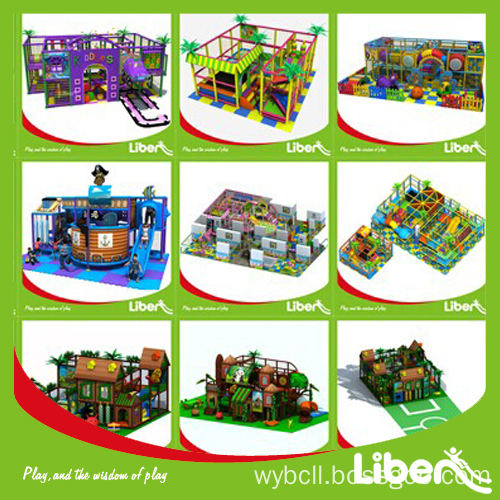

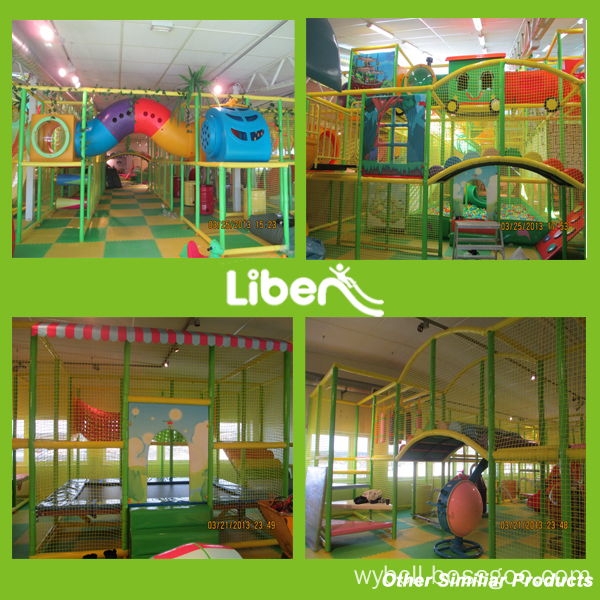
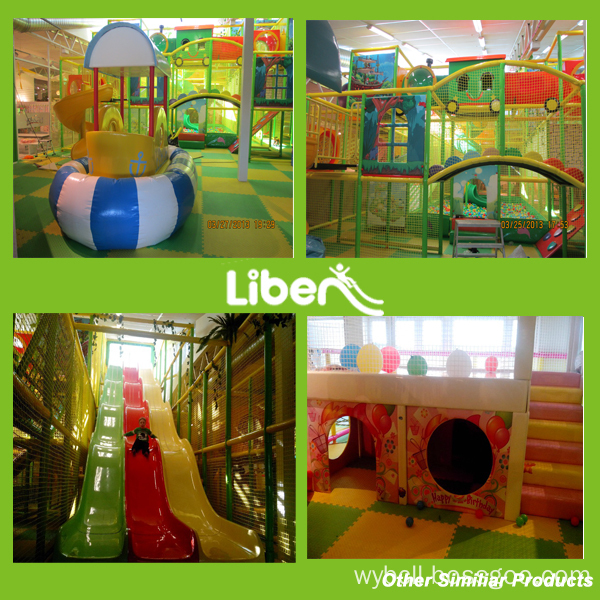
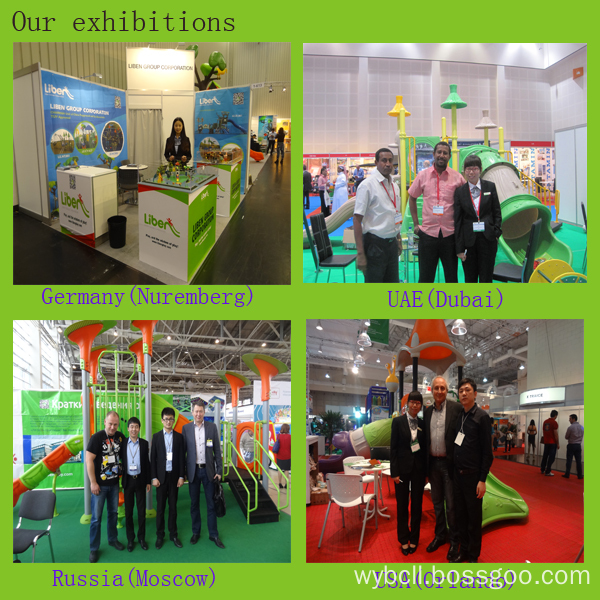
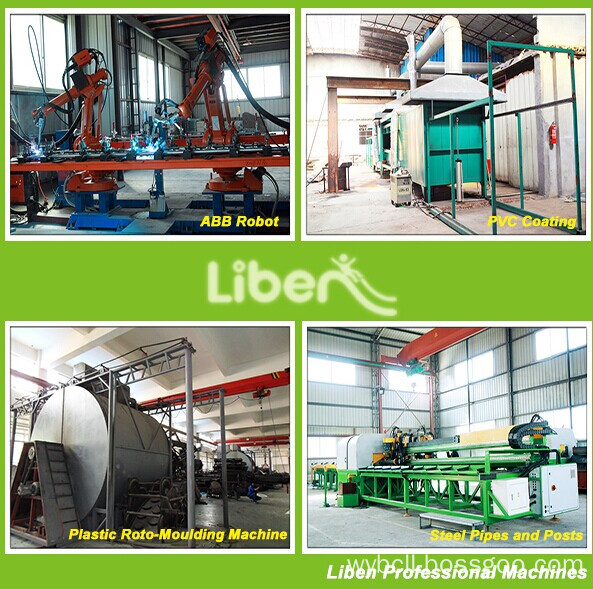
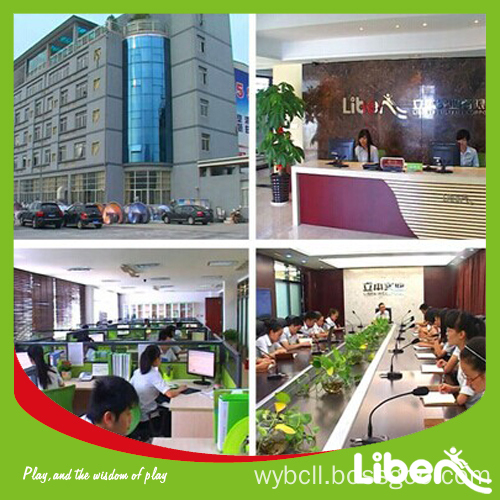
Custom Design Indoor Playground Equipment
Custom Design Indoor Playground Equipment, Attractive Indoor Playland, Custom Playground Equipment
Liben Group Corporation , https://www.indoortrampoline.de






